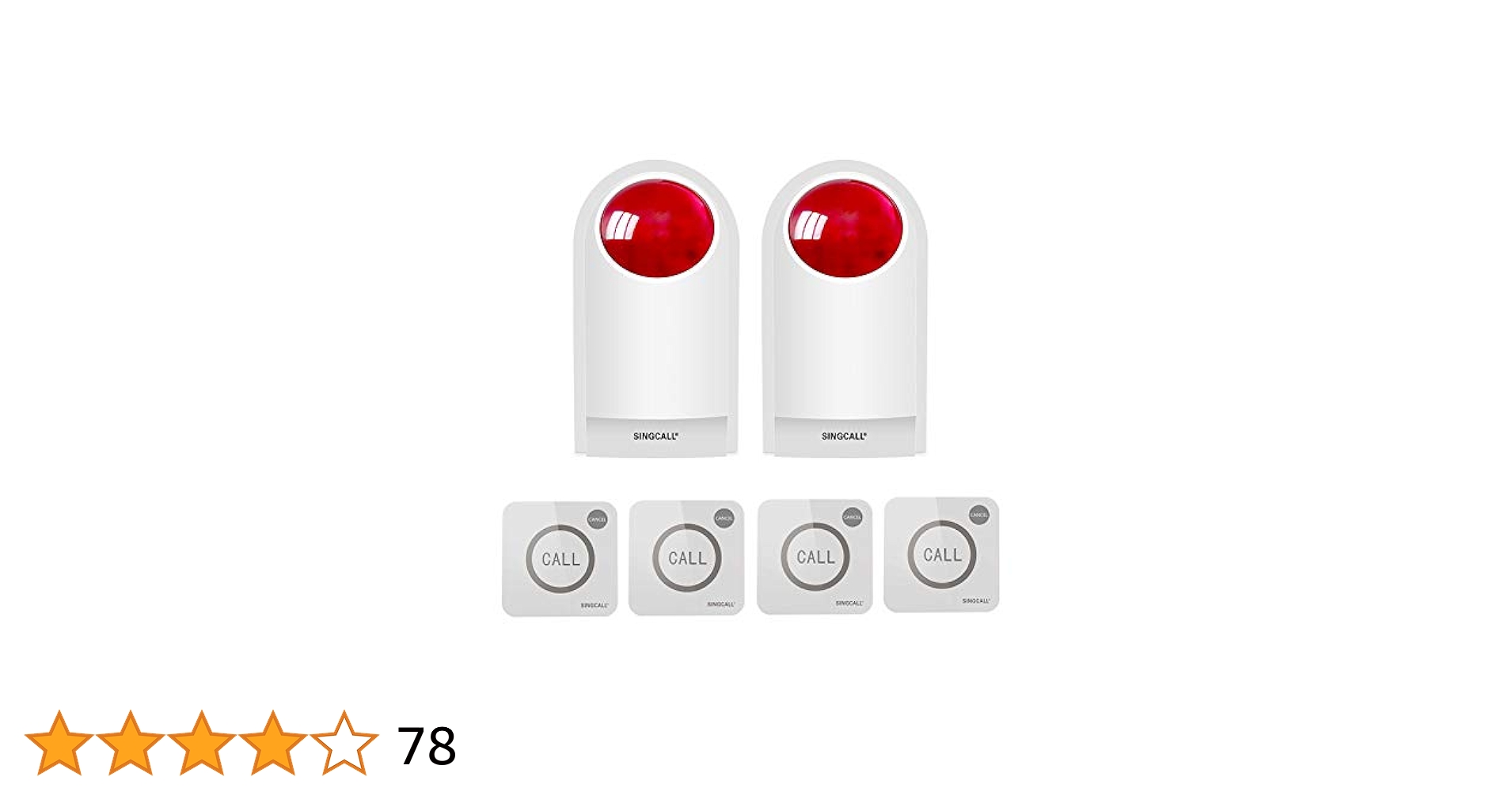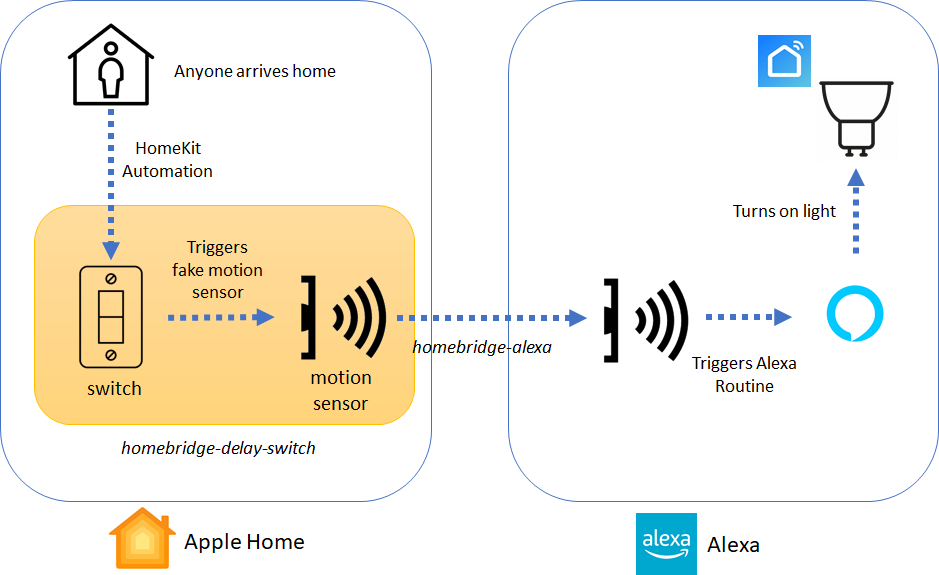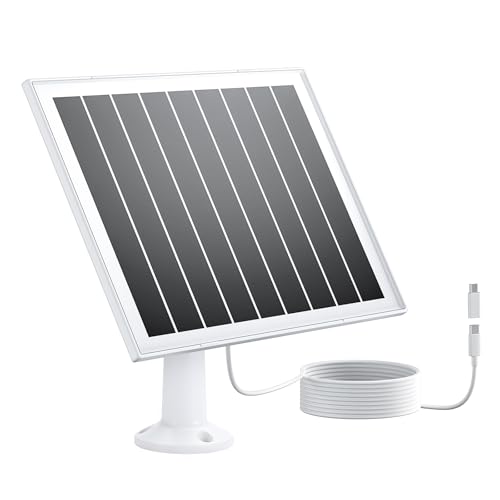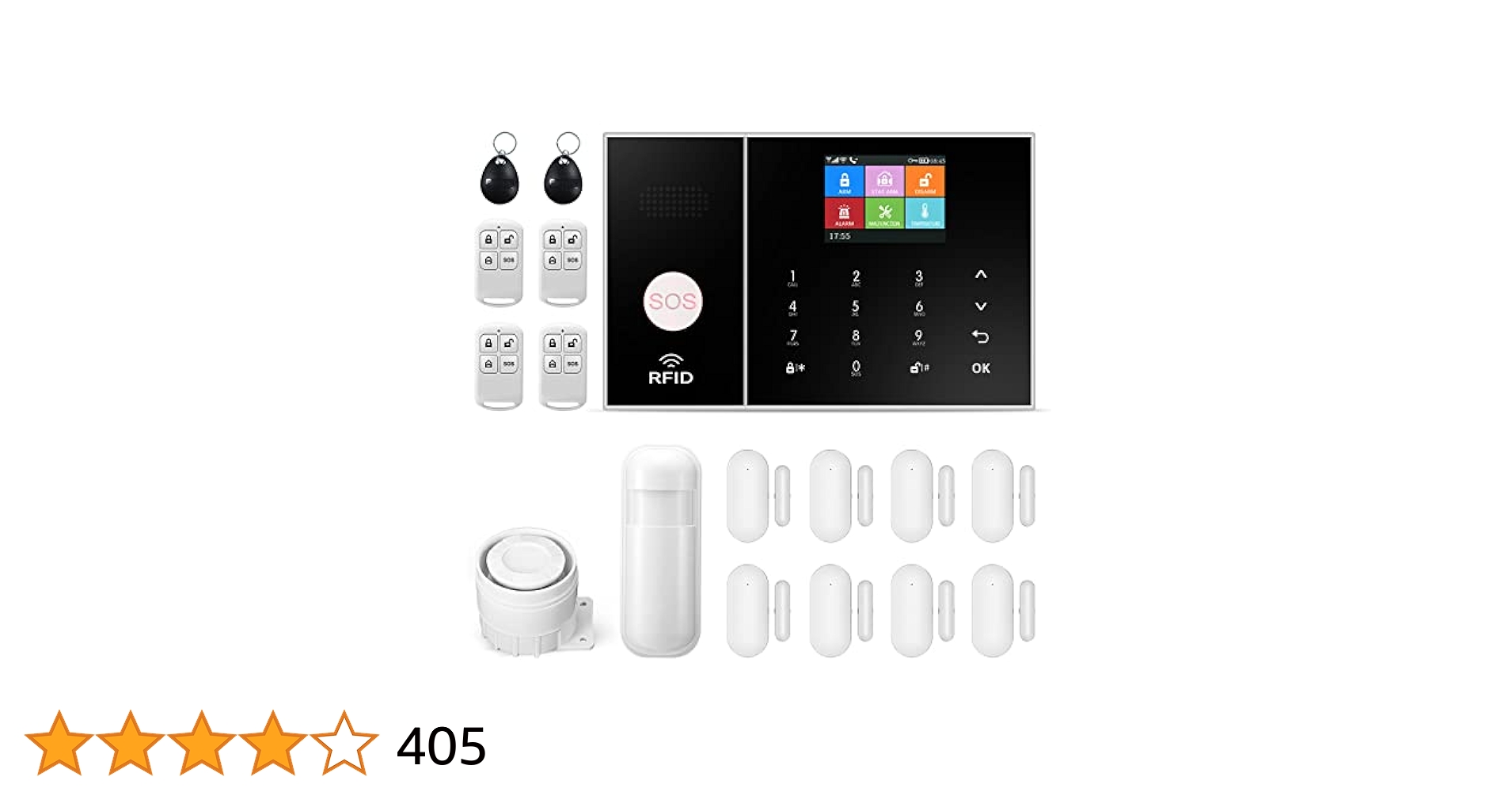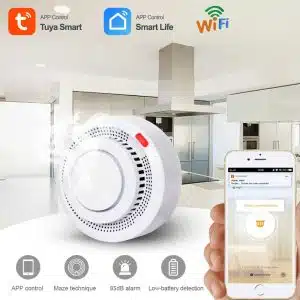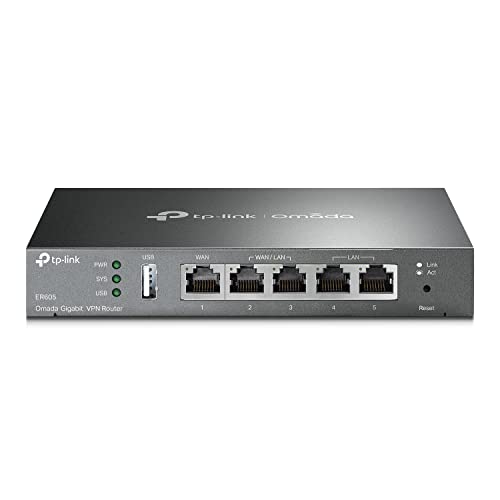Imagine having a security siren that not only protects your home but also reacts exactly how you want it to. Building a smart security siren puts this power right in your hands.
You can customize alerts, control it remotely, and even save money by creating your own system. Curious about how to make this happen? Keep reading, and you’ll discover simple steps to turn your home into a safer place with a smart siren designed by you.
Your peace of mind is just a few clicks away.
Choosing The Right Siren
Picking the right security siren helps protect your home or business. The siren must alert you and scare intruders.
Consider the type, power source, and sound level before buying a siren. These factors make a big difference.
Types Of Security Sirens
There are several kinds of security sirens. Each type works best for different needs and places.
- Wired sirens connect to your security system and need professional installation.
- Wireless sirens use batteries and are easy to install anywhere.
- Outdoor sirens are loud and weatherproof for outside use.
- Indoor sirens are smaller and fit inside your home or office.
Power Sources And Battery Life
Security sirens can run on batteries or electricity. Each option has its own benefits and limits.
Battery-powered sirens are easy to place but need regular battery changes. Electric sirens offer constant power but need wiring.
- Rechargeable batteries save money over time.
- Long battery life means less maintenance.
- Backup batteries keep sirens working during power cuts.
Sound Levels And Alerts
The siren’s sound level matters for alerting people and scaring intruders. Choose a siren that fits your space.
Some sirens have different alert types, like flashing lights or voice messages. These can increase safety and awareness.
- Higher decibels mean louder sound and better warning.
- Adjustable volume helps fit the siren to your environment.
- Multi-alert sirens combine sound and visual signals.
Essential Components
Building a smart security siren needs some key parts. Each part helps the siren work well and keep your home safe.
Knowing these parts helps you choose the right tools for your project. Let’s look at the main components you need.
Microcontroller Options
The microcontroller is the brain of the smart siren. It controls all the actions and responses.
Popular microcontrollers are easy to program and have many input/output pins for sensors and alarms.
- Arduino Uno: Simple and widely supported
- ESP32: Has built-in Wi-Fi and Bluetooth
- Raspberry Pi Pico: Powerful with many features
Sensors And Triggers
Sensors detect danger or intrusion to activate the siren. They send signals to the microcontroller.
Different sensors work for different needs, such as motion or door opening.
- Motion sensors detect movement in the area
- Magnetic sensors sense door or window openings
- Smoke sensors alert about fire or smoke
- Glass break sensors listen for breaking sounds
Communication Modules
Communication modules send alerts to your phone or other devices. They keep you informed about security events.
Choose modules that match your network and distance needs.
- Wi-Fi modules connect to home internet
- Bluetooth modules work for short distance alerts
- GSM modules send SMS messages via cellular network
- Zigbee modules allow mesh networking for smart homes
Designing The Circuit
Building a smart security siren starts with designing the circuit. A good design ensures the siren works well and lasts long.
The circuit must connect the siren, sensors, and power source properly for smooth operation.
Wiring The Siren
Wiring the siren correctly is important for loud and clear sound. Use wires that can handle the siren’s power needs.
Connect the siren terminals to the control unit using secure and insulated wires to avoid short circuits.
- Use thick wires for better current flow
- Keep wire length short to reduce resistance
- Check polarity before connecting wires
- Use solder or proper connectors for firm contacts
Integrating Sensors
Sensors detect intrusions and trigger the siren. Common sensors include motion detectors and door contacts.
Wire the sensors to the control unit inputs. Ensure each sensor has power and ground connections as needed.
- Place sensors at entry points like doors and windows
- Use digital input pins for sensor signals
- Test sensors before final wiring
- Shield sensor wires from interference
Power Management
Power management keeps the siren running smoothly. Choose a power source that matches the siren and sensors.
Use voltage regulators to provide steady voltage and protect components from spikes or drops.
- Select batteries or adapters with enough current capacity
- Include fuses to prevent damage from overload
- Use rechargeable batteries for longer use
- Monitor power levels to avoid sudden shutdowns
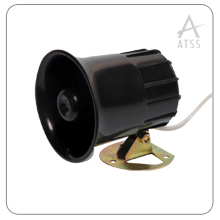
Credit: www.atss.in
Programming The Siren
Programming your smart security siren allows you to control how it reacts to alerts. You can customize sounds and manage alerts easily.
Setting up your siren properly helps protect your home or office better. Let’s look at how to program it step-by-step.
Setting Up Alerts
Alerts tell your siren when to sound. You can connect sensors to trigger alarms for motion, doors, or windows.
Adjust alert sensitivity to reduce false alarms. Test alerts after setup to ensure they work correctly.
- Link sensors like motion detectors or door contacts
- Set alert sensitivity levels (low, medium, high)
- Test each alert to confirm proper function
Customizing Sound Patterns
Choose different sound patterns for various alerts. This helps you identify the type of alert quickly.
You can adjust volume and duration for each sound pattern to fit your needs.
- Select distinct tones for motion, fire, or break-in alerts
- Set volume levels from low to high
- Control how long the siren sounds for each alert
Remote Control Features
Remote control lets you activate or silence the siren from your phone or computer. This adds flexibility to your security system.
Use the app or web interface to check status, change settings, or trigger alerts anytime.
- Turn the siren on or off remotely
- Receive alert notifications on your device
- Adjust settings without being near the siren
Installation Tips
Installing a smart security siren is easy if you follow some key tips. Good installation helps the siren work well and last longer.
This guide covers where to place the siren, how to protect it from weather, and safety steps to follow.
Optimal Placement
Place the siren where it can be heard clearly in all areas. High spots work best because sound travels far.
Avoid hiding the siren behind objects. Keep it visible to scare intruders and alert neighbors quickly.
- Mount near main entry points like doors and windows
- Install at least 7 feet off the ground
- Avoid placing inside cabinets or behind furniture
- Keep away from loud machines to avoid confusion
Weatherproofing Techniques
Protect the siren from rain, snow, and dust. Use covers or enclosures designed for outdoor use.
Check that all wires and connections are sealed. Moisture can damage the siren or cause false alarms.
- Use waterproof casing or housing
- Seal wire entries with silicone or weatherproof tape
- Choose materials that resist rust and corrosion
- Inspect the siren regularly for damage or leaks
Safety Precautions
Turn off power before starting installation to avoid shocks. Use proper tools to prevent injury.
Follow local laws for mounting devices outside your home. Inform family members about the siren location.
- Switch off electricity at the breaker box before wiring
- Wear gloves and safety glasses if needed
- Do not install near flammable materials
- Keep the siren out of reach of children and pets
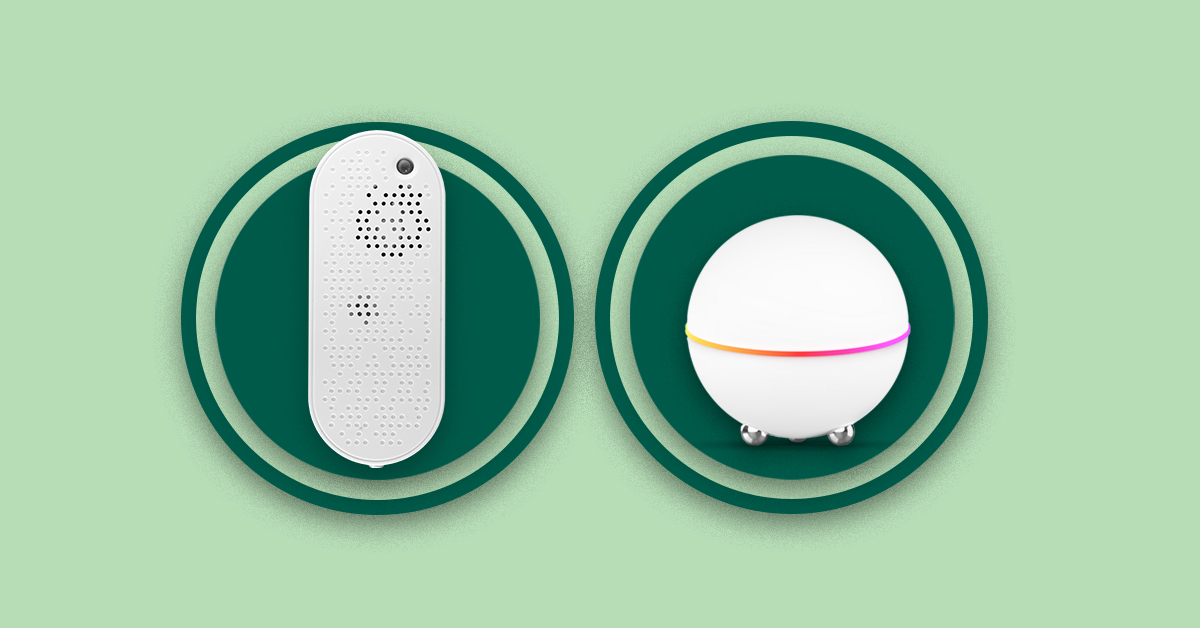
Credit: www.frient.com
Testing And Maintenance
Keeping your smart security siren working well needs regular testing and care. This helps catch problems early.
Good maintenance makes sure your siren stays reliable and ready to protect your home.
Routine Checks
Check your siren often to ensure it works correctly. Test the sound and sensors at least once a month.
Inspect the batteries and replace them if they are weak or old. Clean the siren to remove dust and dirt.
- Test siren sound monthly
- Check sensor response
- Replace batteries yearly or when low
- Clean the device regularly
Troubleshooting Common Issues
If your siren does not sound, check the power source first. Make sure batteries or power cables are connected.
Look for warning lights or error messages on the device. Reset the siren if it stops working.
- Check battery or power connection
- Look for error indicators
- Reset the siren if needed
- Check sensor alignment
Upgrading Your System
Keep your siren updated with the latest software for better security. Check for updates regularly.
Upgrade parts like batteries or sensors to improve performance. Use compatible components to avoid issues.
- Check for software updates monthly
- Replace old batteries with new ones
- Upgrade sensors if needed
- Use only compatible parts
Enhancing With Smart Features
Building a smart security siren adds safety and convenience to your home. Smart features improve how you control and use the device.
These features help you stay aware of your home’s security anytime and anywhere.
Mobile App Integration
With a mobile app, you can control the siren from your phone. The app lets you turn the siren on or off remotely.
You can also check the siren’s status and receive alerts right on your device.
- Remote activation and deactivation
- Real-time status updates
- Instant alerts on your phone
Voice Control Options
Voice commands make using the siren easier. You can activate or silence it using your voice.
Popular voice assistants work well with smart sirens for hands-free control.
- Works with voice assistants like Alexa and Google
- Hands-free siren control
- Quick response in emergencies
Automation And Alerts
Automation lets the siren work with other smart devices. It can trigger alarms based on set conditions.
Alerts notify you immediately if the siren detects a problem.
- Auto-activate when doors or windows open
- Send alerts for unusual activity
- Integrate with cameras and sensors

Credit: www.amazon.in
Frequently Asked Questions
What Components Are Needed To Build A Smart Security Siren?
To build a smart security siren, you need a microcontroller, a speaker or buzzer, sensors, a power source, and connectivity modules like Wi-Fi or Bluetooth. These components work together to detect threats and trigger loud alarms effectively.
How Does A Smart Security Siren Improve Home Safety?
A smart siren alerts you instantly through sound and notifications. It deters intruders and integrates with other smart devices for real-time monitoring, enhancing overall home security and peace of mind.
Can I Customize The Sound And Volume Of My Siren?
Yes, most smart sirens allow customization of sound types and volume levels. This flexibility helps tailor alerts based on different security needs or personal preferences.
Is Programming Required To Build A Smart Security Siren?
Basic programming is needed to connect sensors and control the siren using a microcontroller. Many platforms offer user-friendly code examples for beginners to simplify this process.
Conclusion
Building a smart security siren is easier than you think. This project enhances home safety effectively. You now have the knowledge to start building. Follow the steps carefully for great results. Cost-effective and efficient, it meets your security needs. Enjoy peace of mind with your own smart siren.
Engage family in this DIY project. It’s a fun and educational experience. You not only save money but also learn new skills. Start today and protect your home smartly. Your journey to better security begins now. Stay safe and feel secure.
18 min read

